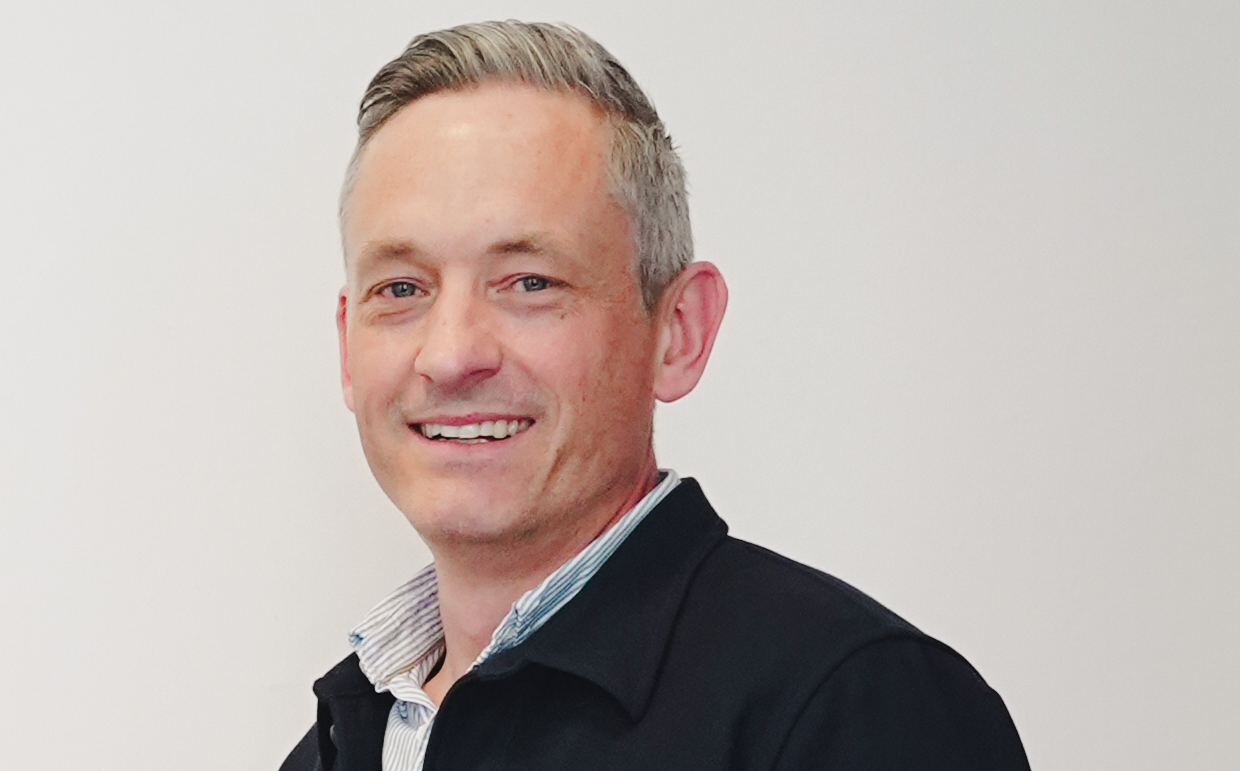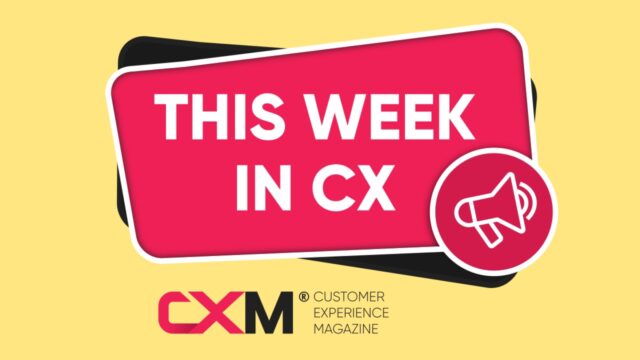May 06, 2025
From identity to experience: How Luckybeard architects CX through brand

Between the customer experience and any business lies the brand. This mythical, much-discussed and often maligned key piece of marketing power can get lost in the mix of modern business.
Startups might think their brand is ready-baked on day one. Enterprises might live off an old brand for decades. But if any company wants to change its brand, Luckybeard are the people to talk to, helping companies architect their brand experience.
Teasing Luckybeard for branding insights from Gareth Collins
As brand experience architects, they define and unlock brand potential. Identifying gaps between reality and ambition, execution and strategy, and delivery and promise.
CXM talks to Luckybeard’s Gareth Collins, who loves turning unleveraged brand power into something magnetic, loveable and energised. We dig inside the data and allure that make brands a force multiplier for many and a missed opportunity for others.
How are brands evolving to meet changing customer experience needs?
When a brand isn’t doing its job, it is just a logo, a functional piece of identity that barely helps distinguish companies. Done properly, a brand is magnetic and has its own strategic power for the company. It ties in fond memories of a product or service, the care they provided. And dozens of little feel-good moments that help it differentiate from a company that hasn’t taken their branding seriously.
Those firms might be underfunded, have lost their creative magic (or farmed it out to an ad agency). Or, think that, just because they offer a FMCG or COTS product, it has to be the same as its rivals. Whatever the lack of impact, they will never achieve what Gareth refers to as the ‘Top Gun effect’. He mentions companies like Jeep, with the new Avenger EV packed with little details that demonstrate love in a vehicle (much needed in a market of ever-similar products).
“Whatever the brand, the business needs to be creative, memorable and differentiated. Not just in the logo and mission statement. But across their whole canvas from website to artwork, products and beyond into customer service. Making the whole customer experience more enjoyable and a part of the consumer’s lives. At Luckybeard, we focus on the strategic and creative side, using data and technology to expand brand capabilities.”
Across the customer landscape, how do you see brand loyalty changing and what’s key for future success?
“Across the board we see a movement from the traditions of transactional loyalty to loyalty as an experience. What were the regimented mechanics of points and rewards on loyalty cards are now shifting to instantaneous, fun, immediate and differentiated experiences.”
Take Vitality Health, which has reinvigorated health insurance with a strong lifestyle focus. He also noted the likes of Temu and Shein which go for the dopamine jugular through a barrage of savings and offers. Then there’s superstores, which CXM sees constantly trying to evolve retail. They can only change at the speed of their broad customer base, but every change is a measured effort to improve the brand and service.
You have lots of branding experience with telcos; how do they differentiate in a very cookie-cutter brand market?
“Our advice is to avoid the race to the bottom, adding value to people’s lives through value-added services (VAS). Most players focis on media, live events and making their app a one-stop place to manage subscriptions and add other benefits that make a difference. Perhaps, non-related technology or gadget sales, improving the home WiFi or network experience. And being there in crisis moments with extra data, calls or other benefits.”
Not everyone will appreciate each new branding effort or message. But they add value to retain loyalty and provide access to a world beyond what the traditional telco would offer. Not everything works though; a recent Samsung Android UI update saw customers of all telcos up in arms, but they have the nous to create value from any potential churn with social media and a dose of cheeky charm.
If you’re dealing with a startup, what’s the best piece of branding you’ve seen or given advice to?
“We see very different levels of maturity, with most startups having a clear idea of their product,” says Gareth. “But often they fail to see their brand value, miss the opportunity to embed the brand in their business from day one. Many come with no baggage, which can be an advantage, but they need to consider and evolve their blueprint or proposition into an identity and strategy. Then, they need the bravery to leverage the results across the full suite of their marketing and product canvas.”
An example Gareth talks about is Unuhealth, a South African telehealth service that promises and delivers “Healthcare that makes you smile.” Working against the background of a troubled traditional healthcare service, Unu’s move into the wellbeing space is all about joy and positivity, even when dealing with sensitive health issues. Luckybeard supports them by understanding the empathy of complex journeys and lifestyles. And translating that into appropriate branding.
“In terms of advice for startups, branding is your insulator, a moat as Warren Buffet put it. Your products can be copied, literally in minutes in the digital sphere. But brands and branding can’t. And if that is embedded across the whole business, not just marketing, it creates multiples of value across the workforce and for your customers.”
What’s an example that has impressed you of a brand’s approach to customer empathy in action?
“If you’re hitting that certain age point, glasses loom on the horizon like an unwelcome visitor, and many of the large brands do little to add warmth or welcome. One brand I noticed and used recently is Bloobloom.”
Bloobloom is a French company expanding in the UK. Every step of their processes is a joy from a branding and journey perspective. You use the website (or London stores) to find five styles of glasses that appeal, by a virtual frame test.
These are posted to you in a designer case with individual notes. At every contact point they adapt your name from (Mr Collins, to Gareth, to G, in Gareth’s case) based on your communications, leaving you feeling like you are dealing with real people. “These signature moments add up to a brand that is well thought-through and extended across every part of the customer experience.” He concludes.
Whatever your business or brand, even a brief chat with Gareth reveals so much more going on behind the scenes and through your customers’ brains that needs caring for at every step of the process. As consumers, we’re always happy to hear your good and brand branding experiences, so let us know!



